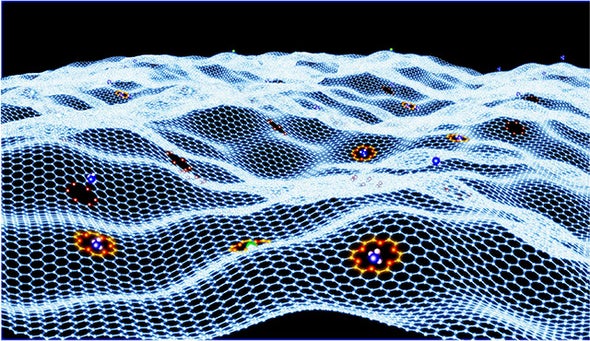We are living in a technologically advanced era where everything around us is supported and powered by technology. This richness in modern tech has solved a myriad of problems for us and has brought infinite possible solutions to our problems, especially the ones that were limited by time and distance. However, this does not come without its downside.
Every now and then we come across news of a gadget heating up, bursting, or catching fire. These events are extremely dangerous for the users or anyone who is in close proximity of these gadgets when an accident like this is happening. Scientists and researchers may have found a solution for this potential issue.
They have applied the use of graphene material. This material helps in regulating the temperature of batteries. It helps the battery to release heat when it gets hot and traps heat when the temperature is getting too cold. Lithium-ion batteries are very sensitive to temperature changes. Hence, it is advised to keep them within the range of 0 and 45 °C (32 and 113 °F).
When the battery is charging, it is extremely important to keep the temperature range regulated. As the batteries are becoming more powerful and smaller in size, it is getting more difficult to maintain a safe range of temperature around and inside them.
Research at Purdue University has disclosed that using graphene can solve all these problems. It is a single layer of atoms made up of carbon. It is both suitable for cold and hot temperatures as it gives space for heat to escape and also acts as an insulator by trapping air in a pocket simultaneously.
In the test, it was observed that when the layer was 1.22 mm thick, it acted as an insulator and when it was compressed to a thickness of 0.2 mm, it was thermally conductive. It is believed that in the future, besides phones, they may also be used to regulate the temperature of batteries in electrical vehicles. The research is published in Nature Communications.

